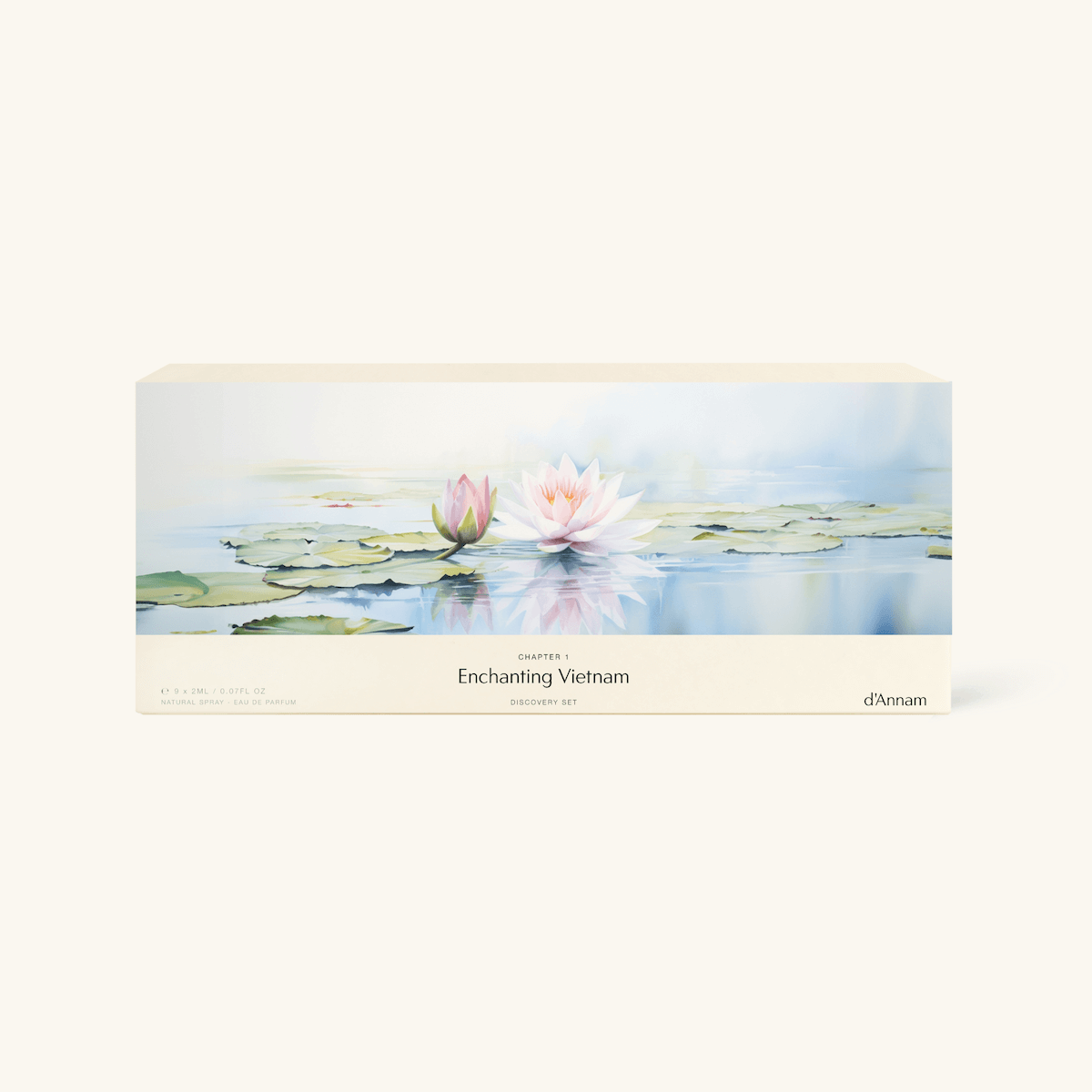Understanding the Essence of Perfume
Perfume has the remarkable ability to capture our attention and evoke various emotions. It allows us to experience a momentary escape to a world of enchanting scents. But have you ever wondered about the magical process of creating perfume? Beyond the captivating fragrances found in stores, you can dive into your own perfumery adventure by crafting exquisite scents with essential oils at home. Let us explore the aromatic world of nature and learn how to create your unique fragrance blend.
The Art of Perfumery: Essential Oils as Building Blocks
Essential oils are the key building blocks of any perfume. These concentrated plant extracts are derived from flowers, fruits, leaves, woods, and various other natural sources. Each essential oil possesses a distinct scent profile, ranging from delicate florals to earthy woods, and zesty citruses to warm spices.
Before starting your perfume creation journey, it is crucial to understand the three main notes that form the structure of a perfume:
Top Notes
Top notes are the first impression of your fragrance. They are light, refreshing, and typically evaporate the fastest. Popular top notes include citrus oils such as sweet orange, bergamot, and lemongrass, as well as herbal notes like lavender and peppermint.
Heart Notes (Middle Notes)
Heart notes emerge after the top notes have evaporated. They form the body of the perfume and are responsible for its character. Floral essential oils like rose, jasmine, and ylang-ylang are commonly used as heart notes, alongside gentle spices and herbs such as geranium, cinnamon, and chamomile.
Base Notes
Base notes provide the foundation and longevity to your perfume. They are rich, deep, and slow to evaporate. Often derived from woods, resins, and balsams, popular base notes include sandalwood, patchouli, vanilla, frankincense, and myrrh.
Creating Your Signature Blend
Now that we have familiarized ourselves with the essential building blocks of perfumery, let us dive into the process of creating your unique fragrance blend at home. To get started, gather the following supplies:
- A selection of essential oils
- High-quality carrier oil (such as jojoba or almond oil)
- A glass dropper bottle or rollerball bottle
- A notepad and pen to record your formulations
Begin by selecting one or two essential oils as your top notes. Experiment with different combinations of citrus, herbal, or fresh scents until you find a blend that resonates with you. Start with a ratio of 1 part essential oil to 10 parts carrier oil. For example, if you choose sweet orange as your top note, mix 1ml (or 20 drops) of sweet orange essential oil with 10ml of carrier oil. Mix the oils gently by rolling the bottle between your palms or stirring with a glass rod.
Once you are satisfied with your top note blend, add a middle note to create depth and complexity. Aim for a ratio of approximately 2 parts middle note to 10 parts carrier oil. For instance, if you select rose as your heart note, mix 2ml (or 40 drops) of rose essential oil with 10ml of carrier oil. Combine the oils gently, ensuring all ingredients are thoroughly blended.
Finally, add a base note to anchor your fragrance and provide a long-lasting scent. Use a ratio of about 3 parts base note to 10 parts carrier oil. Experiment with woody, resinous, or balsamic scents to find the perfect balance. If you choose sandalwood as your base note, mix 3ml (or 60 drops) of sandalwood essential oil with 10ml of carrier oil. Stir or roll the bottle gently to create a harmonious blend.
Now that your perfume blend is complete, allow it to mature and develop its full potential. It is recommended to let it rest for at least 48 hours in a dark, cool place. During this resting period, the scents will intertwine and evolve, offering you a true representation of your final creation.
Refining Your Art: Experimenting with Blends
Perfume creation is an ongoing journey of discovery. As you gain confidence and expertise, do not hesitate to experiment with new combinations and explore the vast world of essential oils. Here are some tips to refine your art:
- Explore different ratios: Adjusting the ratio of essential oils to carrier oil can significantly alter the intensity and longevity of your fragrance.
- Try complementary scents: Experimenting with essential oils that have complementary scent profiles can produce captivating results. For example, pairing lavender with vetiver or bergamot with vanilla can create harmonious blends.
- Think seasonally: Consider the season or occasion for which you are creating the perfume. Light and fresh scents are perfect for spring and summer, while warm and spicy fragrances suit autumn and winter.
- Take notes: Keep track of your formulations, including the exact measurements and essential oils used. This allows you to replicate successful blends and learn from any adjustments you make.
Remember, perfume creation is an art form, and experimentation is key. Do not be discouraged if your first blend does not meet your expectations. Embrace the learning process and allow yourself to explore the boundless possibilities that essential oils offer.
Nature's Aromas: Perfume as a Reflection of Self
Creating perfume with essential oils at home goes beyond the allure of captivating scents. It is an opportunity to connect with nature and unleash your artistic abilities. Each fragrance you craft becomes a reflection of your personality, emotions, and creativity.
As you embark on your perfumery journey, remember to take your time and indulge in the exploration of natural aromas. Allow the scents to awaken your senses, inspire your imagination, and transport you to a world where fragrance becomes an intimate expression of self.











